ruchiramani
Rough_Rock
- Joined
- Sep 12, 2013
- Messages
- 4
Hello,
I'm new to this forum and would like to know how much i would get for an unheated and untreated natural ruby which is a little over 10 carats. I've been told its a burmese ruby but i'm not sure about its origins. It was given to me by my grandmother and its atleast 75 years old, maybe even older than that.
Its a marquise cut and slighly pink and has an excellent clarity.
I'm unable to find someone here in india to test it properly so i wont be able to tell you the exact specifications.
I showed it to a jewelry here and he was only able to test that it is a real ruby which is unheated. He also told me that i should get it tested and certified from a reliable source and that it was a very rare ruby.
Please help me figure out an approximate value of this ruby.
Thank you!!!
I'm new to this forum and would like to know how much i would get for an unheated and untreated natural ruby which is a little over 10 carats. I've been told its a burmese ruby but i'm not sure about its origins. It was given to me by my grandmother and its atleast 75 years old, maybe even older than that.
Its a marquise cut and slighly pink and has an excellent clarity.
I'm unable to find someone here in india to test it properly so i wont be able to tell you the exact specifications.
I showed it to a jewelry here and he was only able to test that it is a real ruby which is unheated. He also told me that i should get it tested and certified from a reliable source and that it was a very rare ruby.
Please help me figure out an approximate value of this ruby.
Thank you!!!





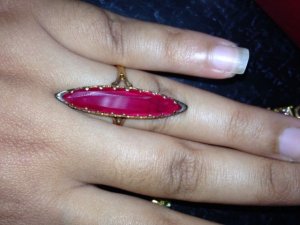
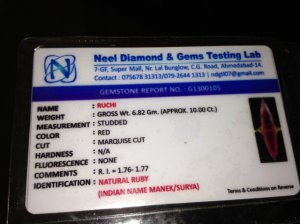
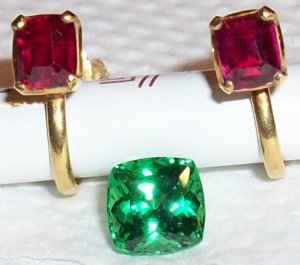
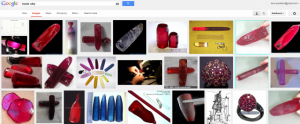
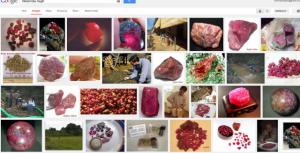


300x240.png)